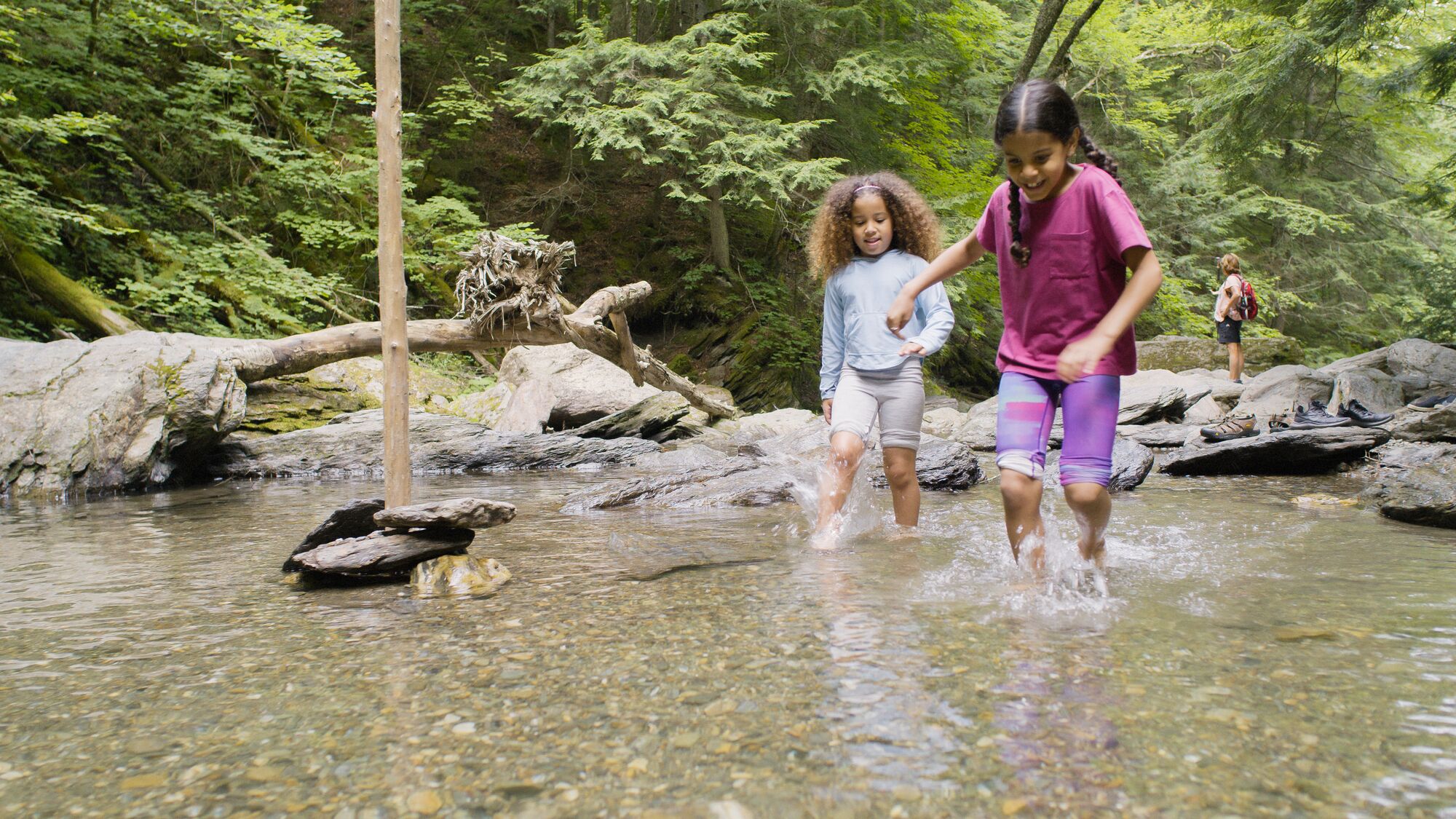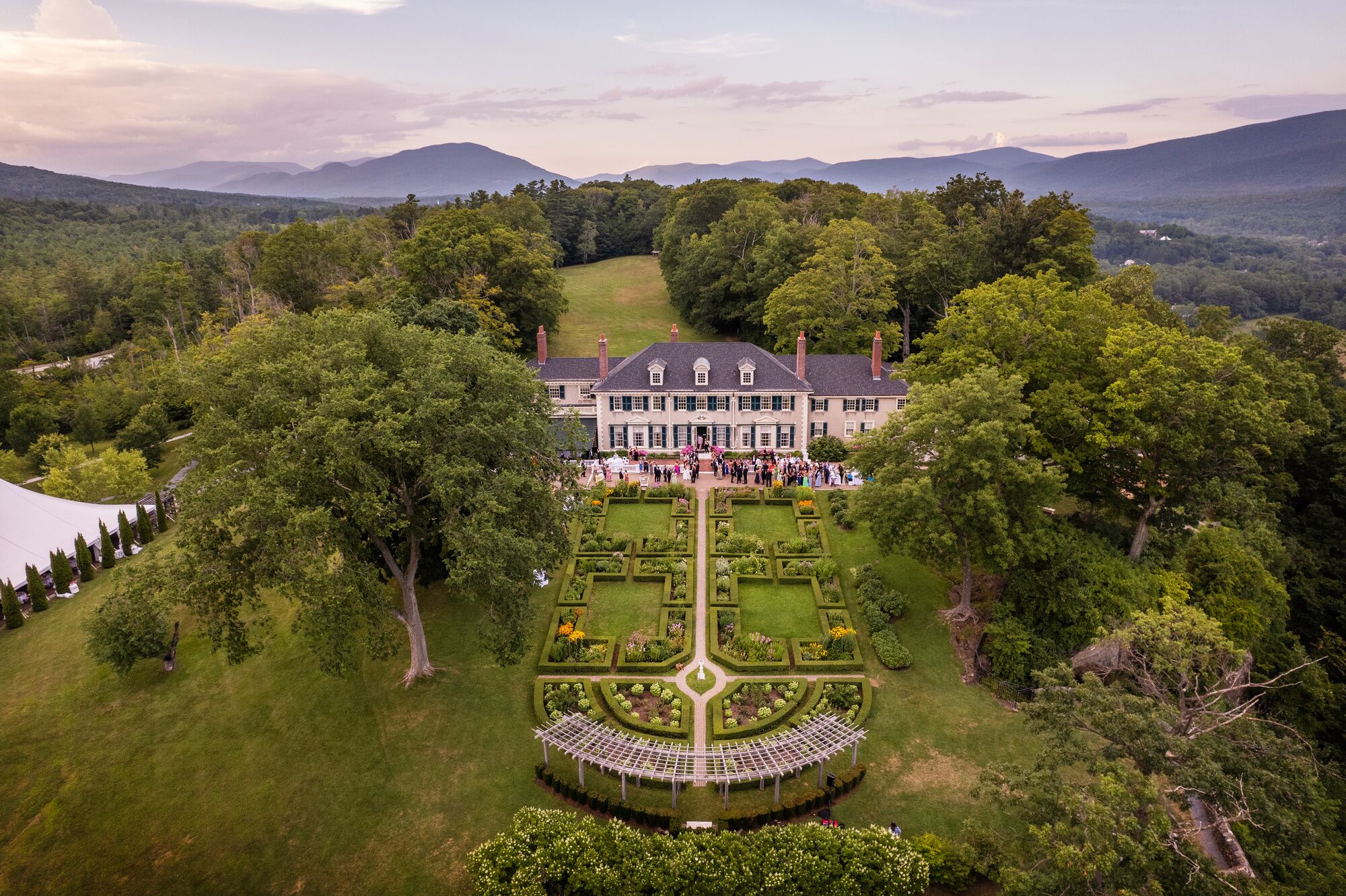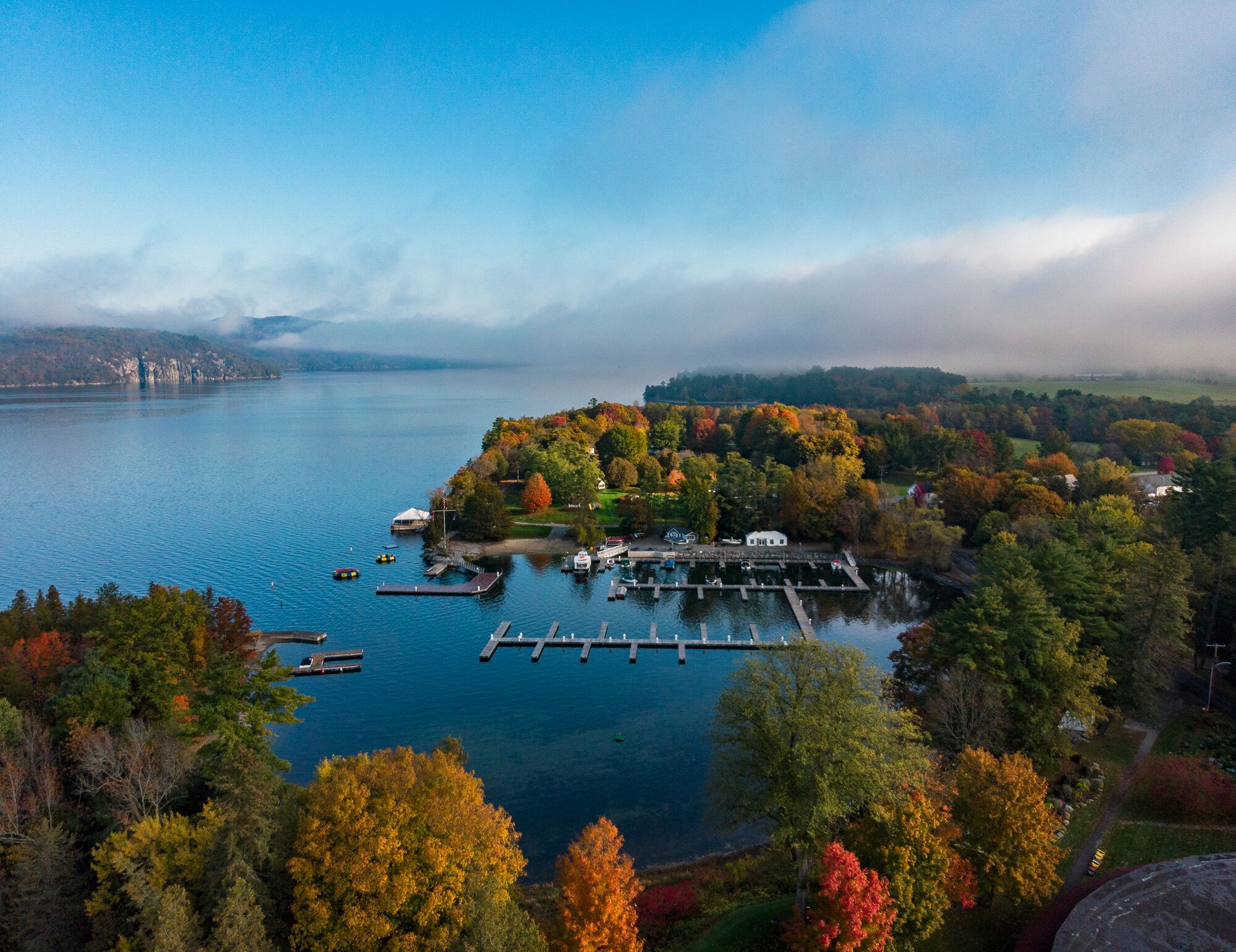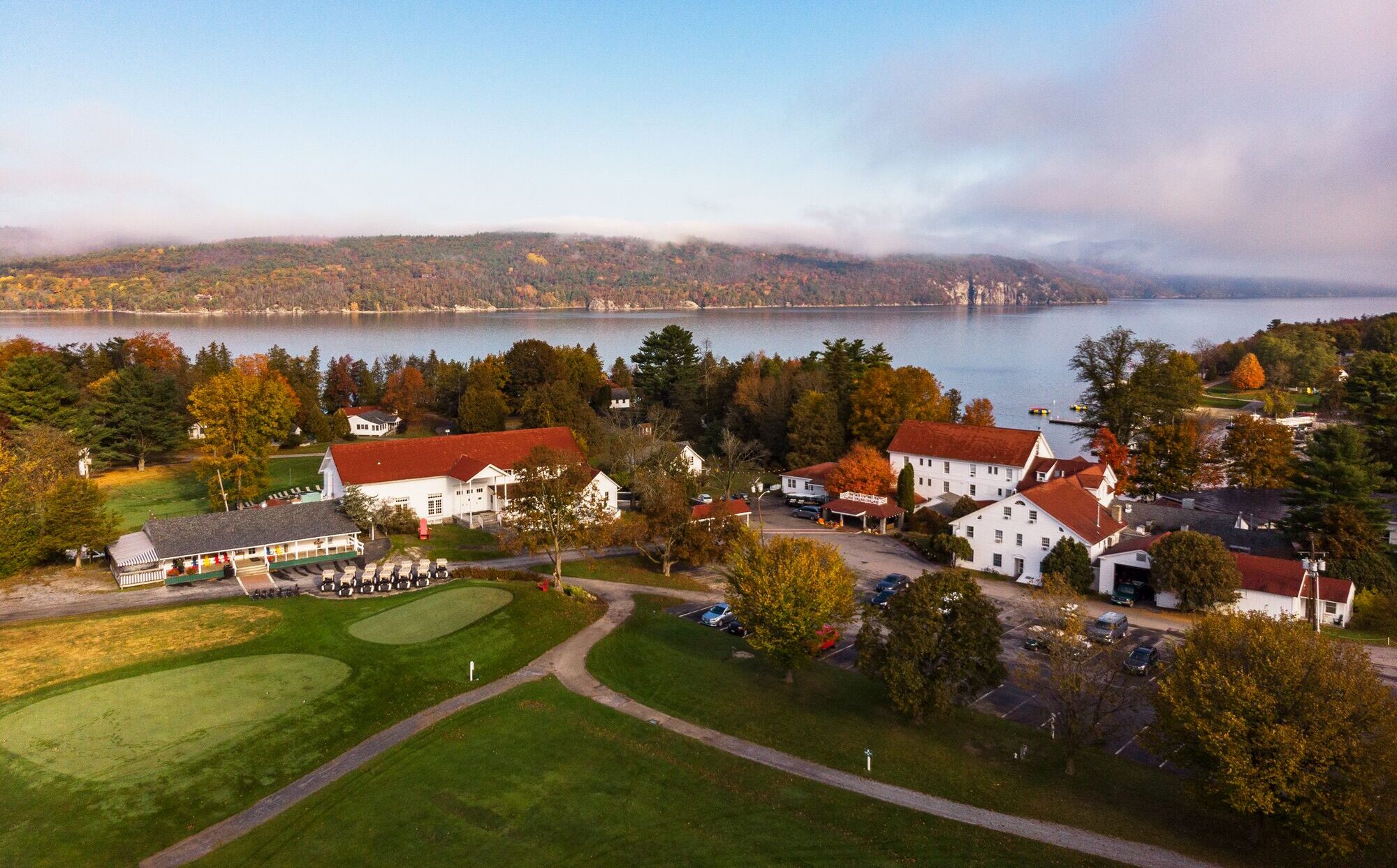Deerfield Valley

Deerfield Valley
Midway between southern Vermont’s biggest towns, Brattleboro and Bennington, lies an oasis of woods and waters fringed by the Green Mountain National Forest. This is the Deerfield Valley, and for many visitors—especially skiers eager to reach the state’s first big southern mountain, Mount Snow—it’s the place where the feeling of “true Vermont” first sinks into their soul. Two-lane roads wind up and around a thickly forested landscape, past rushing rivers and placid lakes, and dipping into historic villages. The Deerfield Valley’s beauty is easy to see. But look closely and you’ll also see a rising energy in this region, with the blossoming of new restaurants, breweries, and hotels.
The region is named for the Deerfield River, which descends steeply from its headwaters near Stratton as it flows through the valley and into Massachusetts. Though less than 80 miles long, it hosts 10 hydroelectric dams, earning the nickname “the hardest-working river in New England.” The river and its tributaries link a number of the region’s 11 towns and several fine lakes, starting with the second-largest body of water within the state’s borders: Harriman Reservoir. Covering upward of 2,000 acres, it’s a paradise for water sports of all kinds and prime wildlife-spotting territory, too. A rare “floating island”—the remains of an ancient bog—can be found at neighboring Sadawga Lake. For a unique wilderness experience, head deep into the Green Mountain National Forest to explore Somerset Reservoir, whose completely undeveloped shoreline makes it the largest “wild” lake in Vermont.
Higher up, the mountains call. The tallest peak in southern Vermont, Stratton, is home to Stratton Mountain Resort, which offers nearly 100 trails and 670-plus acres of skiable terrain. Mount Snow in West Dover is a bit smaller but has a special lure: Some of the world’s best freestyle skiers have trained at its 100-acre Carinthia Parks, one of the most extensive terrain parks in the Northeast.
Warmer months, meanwhile, inspire mountain bikers and hikers to tackle the Deerfield Valley’s steep slopes. Another way to get the adrenaline flowing? Whitewater rafting on the West River, which offers Class II and III rapids as it rushes through scenic Jamaica State Park. For a more laid-back day on the water, hang out at the park’s Salmon Hole, a swimming and camping area whose popularity goes back millennia: Archaeologists have found the remains of campsites used by indigenous Abenaki up to 6,000 years ago.
Two of Vermont’s best-known scenic byways, Molly Stark (Route 9) and Route 100, meet in the heart of the Deerfield Valley in the town of Wilmington. Along with neighboring West Dover, Wilmington is helping to drive the region’s growing reputation as a foodie destination. Among the recent arrivals or relaunches are the top-notch bakery Starfire and the fine-dining restaurants Alpenglow Bistro and Folly. Local craft beverages are on tap year-round at places like Valley Craft Ales and Snow Republic Brewery. And atop Hogback Mountain in Marlboro, Beer Naked Brewery sits a stone’s throw from Vermont Distillers.
More local flavor awaits at events such as Mount Snow’s Brewers Festival (September), Oktoberfest (October), and Sip of Spring (April), plus the Vermont Wine & Harvest Festival in Wilmington and West Dover (September). But the Deerfield Valley’s most celebrated event caters to a completely different kind of appetite: for world-class chamber music. Co-founded by legendary pianist Rudolf Serkin in 1951, the Marlboro Music Festival showcases the talents of young musicians and master artists across five unforgettable summer weekends.
Top Picks by Season from Yankee Magazine
Things To Do In The Deerfield Valley
Spring
Jack Jumping Championships
West Dover
Vermont Beer & Chili Stroll
Wilmington
Jamaica State Park
Jamaica
TC’s Restaurant
West Dover
Read More
Summer
Mount Snow Golf Course
West Dover
Vermont Blueberry Fest
Regionwide
Stratton Mountain Bike Park
Stratton
Marlboro Music Festival
Marlboro
Harriman Reservoir
Whitingham
Read More
Fall
Breweries
Valley Craft Ales, Beer Naked, Snow Republic, J’ville
Whitewater Rafting
West River, Jamaica
Vermont Wine & Harvest Festival
Wilmington/West Dover
Hiking Mt. Olga
Molly Stark State Park
Wardsboro Turnip Festival
Wardsboro
Read More
Winter
Mount Snow
West Dover
Vermont Bowl Company
Wilmington
Dot’s Diner
Wilmington
Snowmobiling
Stratton Mountain Resort
Vermont Distillers
Marlboro
Read More
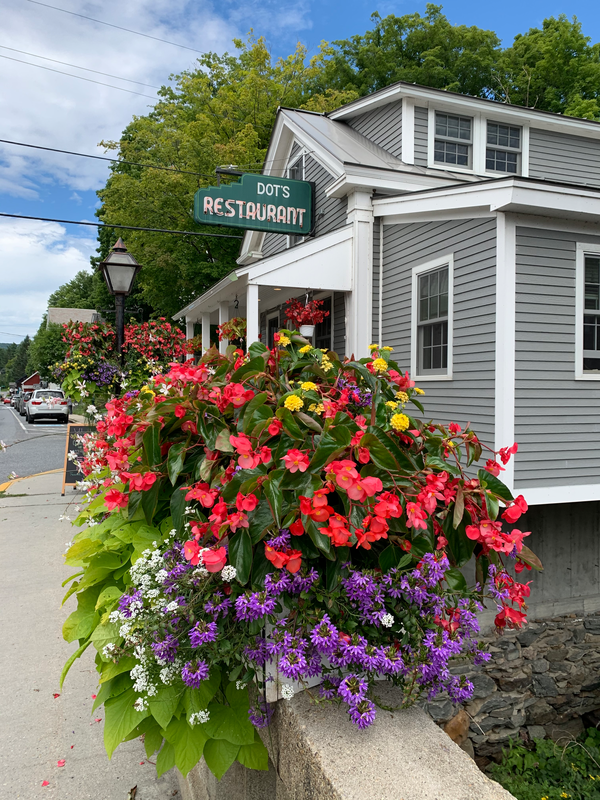
Historic Downtown In This Region
Wilmington
Miles of trails accessible right from downtown, nearby access to world-class skiing, and local restaurants with small-town charm await in Wilmington.
